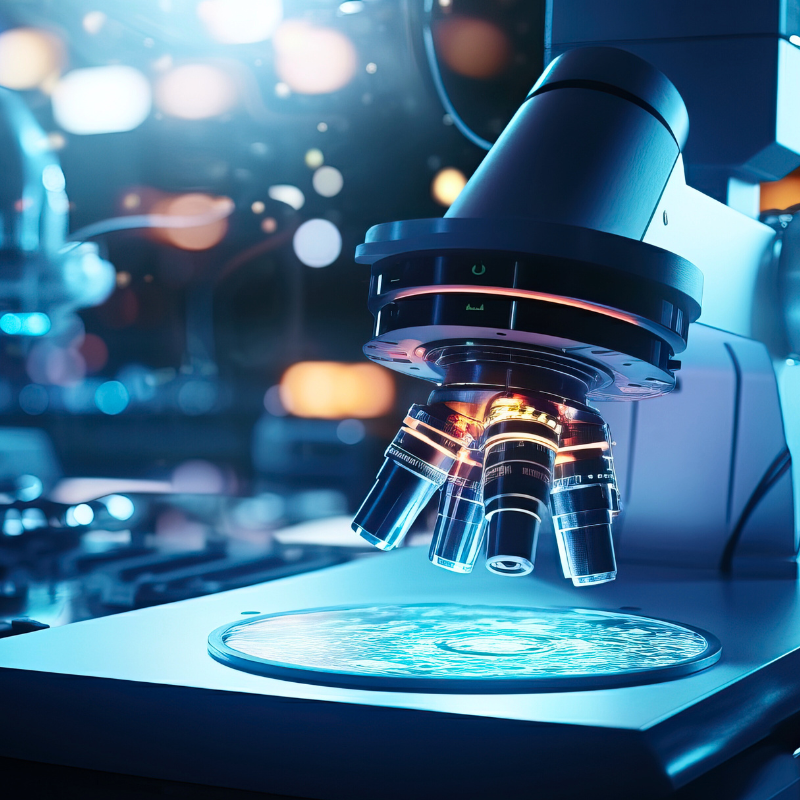The new revenue recognition standard, “Revenue from Contracts with Customers” (ASC 606), went into effect for non-public companies with calendar year-end reporting requirements on January 1, 2019. Publicly-held companies with calendar year-ends have had to comply with this standard since the beginning of 2018.
What Does ASC 606 Mean?
In sum, the new standard evaluates the timing of revenue recognition from a different viewpoint than from the former standards. Previously, the timing of revenue recognition was more rules-based, whereas the new standard uses a more principles-based approach.
Further, the unit of account for revenue recognition under the new standard is a performance obligation (a good or service). A contract may contain one or more performance obligations. Although defined differently, the closest analogy in today’s vernacular to a performance obligation would be a “deliverable” under the former multiple-element arrangement revenue guidance.
Many early-stage life science companies have no product revenue, so the quick assumption is “I don’t have any sales, so I don’t have to worry about this updated standard yet.” While in many cases, this might be true, there are some examples where it is not.
For example, if a life science company has reached a collaboration agreement with a third party, a pharmaceutical, for instance, the revenue standard might apply. In this case, the first question that must be addressed is whether the third party is, indeed, a customer. This seems like a simple question but as with many things in life, the devil is in the details.
Generally, if both parties to the contract will share the risks and benefits that result from the activity or process, as in a joint collaboration, the third party may not be a customer and this standard, therefore, would not apply (see paragraph BC54 of ASU 2014-09 for examples). However, regardless of the answer, the presentation of the arrangement in the P&L and the related disclosures would not change.
Oftentimes, when collaboration is struck, the third party will license the licensor’s technology. The question then becomes “has the third party, in fact, purchased a business.” Here is that the devil is in the details thing again! ASC 805 delves into the business definition stating in ASC 805-10-55 that “business consists of inputs and processes applied to those inputs that have the ability to contribute to the creation of outputs.”
Further, “a business need not include all of the inputs or processes that the seller used in operating that business if market participants are capable of acquiring the business and continuing to produce outputs, for example, by integrating the business with their own inputs and processes.”
Once the customer and business acquisition questions are answered, if yea with the former and nay with the latter, the five-step revenue recognition process can begin. To refresh, those steps are:
- Identify the contract
- Identify the performance obligations
- Determine the transaction price
- Allocate the transaction price to the performance obligations
- Determine when to recognize revenue
If you have any questions or would like additional information around the new revenue recognition standards, please fill in the form below and our team will be in touch.
Revenue Recognition Services





